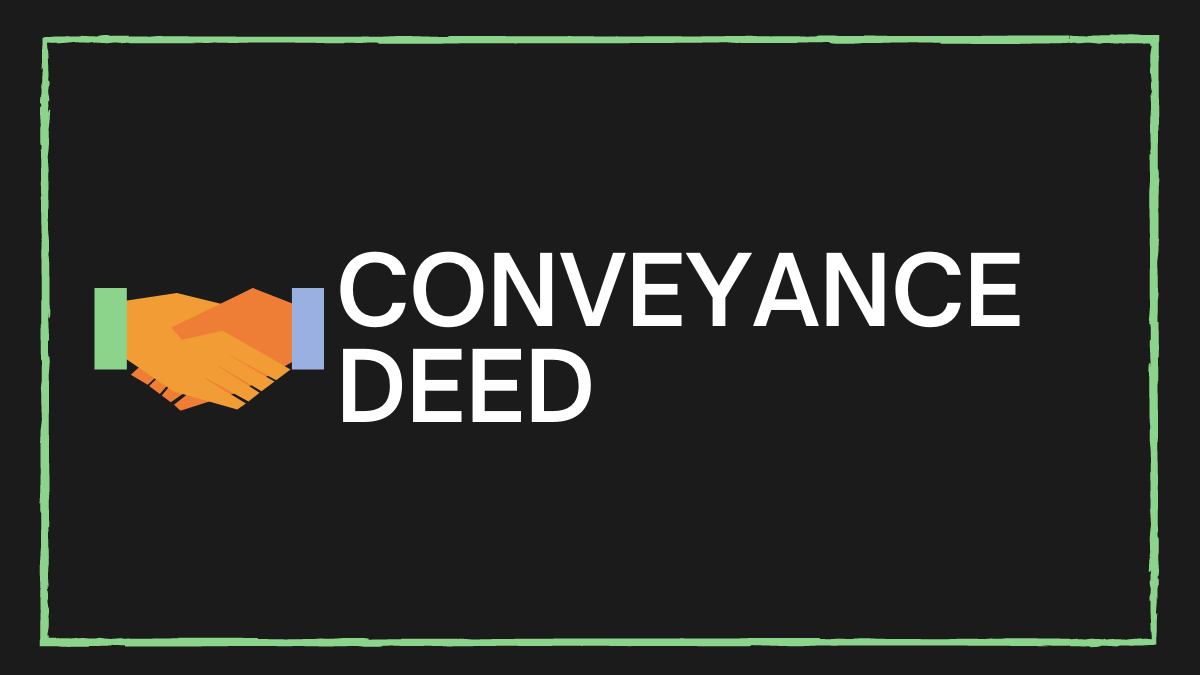



Conveyance how to#
Instructions on how to start a new application for conveyance and how to fill out the conveyance application form online can be found below. This consideration includes boating and navigation, as well as the impact on fisheries and wildlife habitat which are directly related to other public trust uses such as hunting and fishing.Īn applicant must submit the Bottomlands conveyance application through MiWaters, our online permitting site. EGLE must consider the impact on the public trust when reviewing permit applications to construct on or occupy Great Lakes bottomlands. The statute was amended in 1965 to require a permit from the State for altering the bottomlands, i.e., such as dredging, construction of a marina, or shore protection. Clair, leases for commercial marinas and agreements for coal and stone product docks at various ports throughout the state. Examples of these conveyances are deeds for filled subdivision lots on Lake St. The bottomlands can be conveyed by deed, lease, or agreement. Part 325 authorizes the state to convey public trust bottomlands of the Great Lakes when the public use of those lands will not be impaired or substantially affected. In other words, if a proposed private use would adversely impact the public trust, the State of Michigan's regulatory authority requires that the proposal be modified or denied altogether in order to minimize those impacts. Michigan courts have determined that private uses of the bottomlands and waters, including the riparian rights of waterfront property owners, are subject to the public trust. The Public Trust Doctrine, as the basis for Part 325, provides state authority to not only manage but also to protect the public's fundamental rights to use these resources. The State of Michigan's authority to protect the public's interest in the bottomlands and waters of the Great Lakes is based on both ownership and state regulation. The State, as the owner and trustee, has a perpetual responsibility to the public to manage these bottomlands and waters for the prevention of pollution, for the protection of the natural resources and to maintain the public's rights of hunting, fishing, navigation, commerce, etc. The bottomlands of the Great Lakes are held in trust by the State of Michigan for use and enjoyment by its citizens. Michigan's Submerged Lands Program began in 1955 with the passage of the Great Lakes Submerged Lands Act, 1955 PA 247, as amended, which is now incorporated as Part 325, Great Lakes Submerged Lands, of the Natural Resources and Environmental Protection Act (NREPA), 1994 PA 451, as amended.


 0 kommentar(er)
0 kommentar(er)
